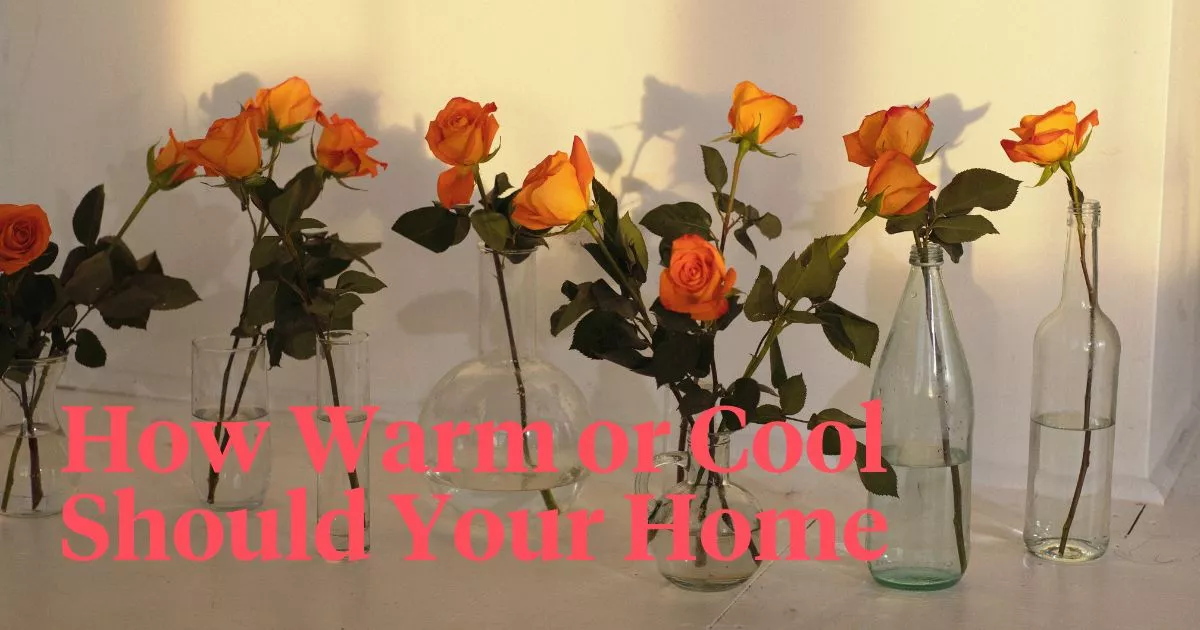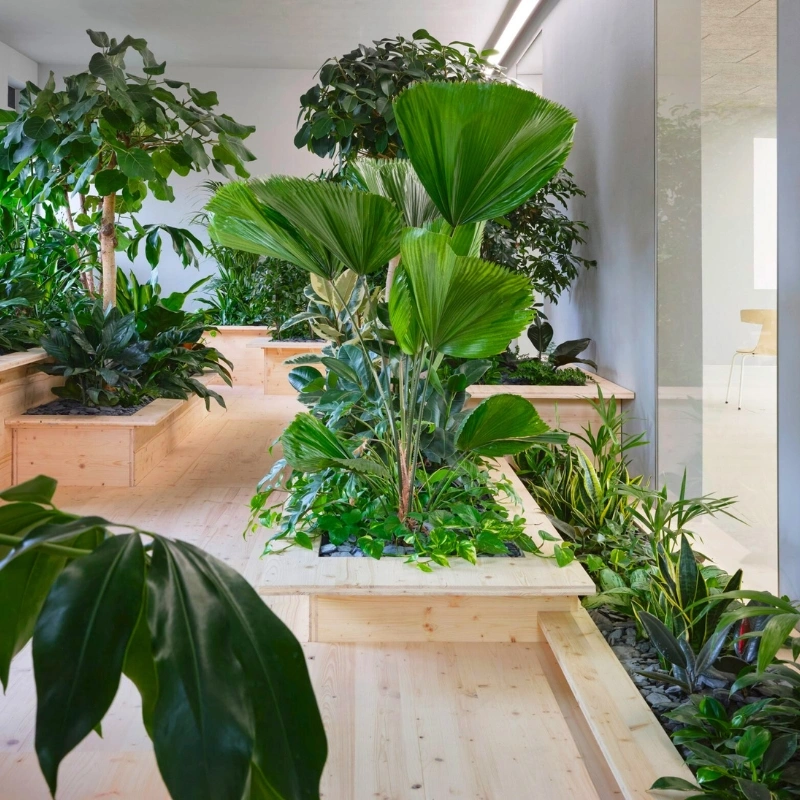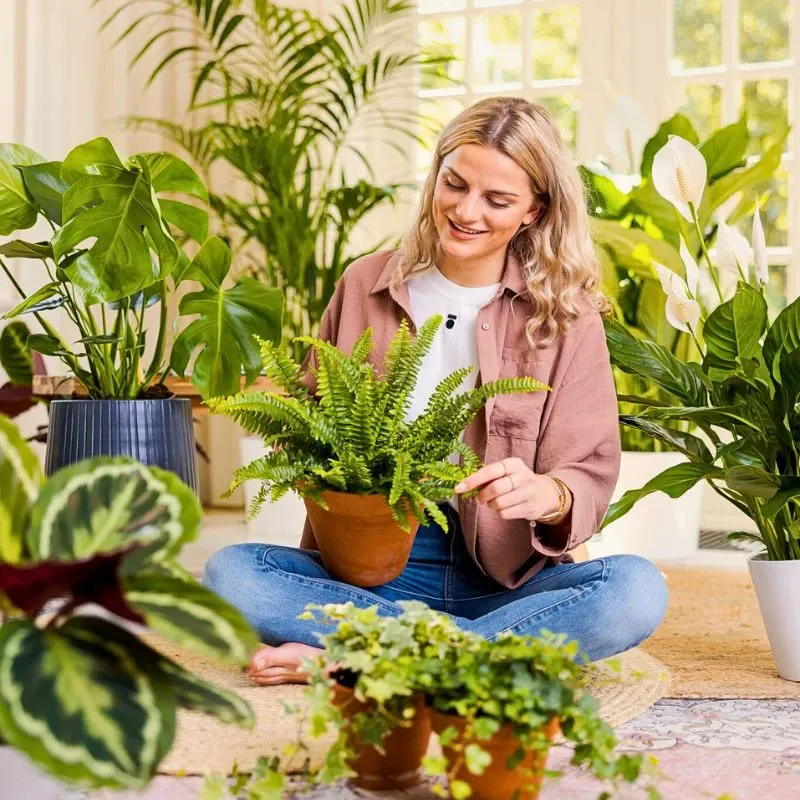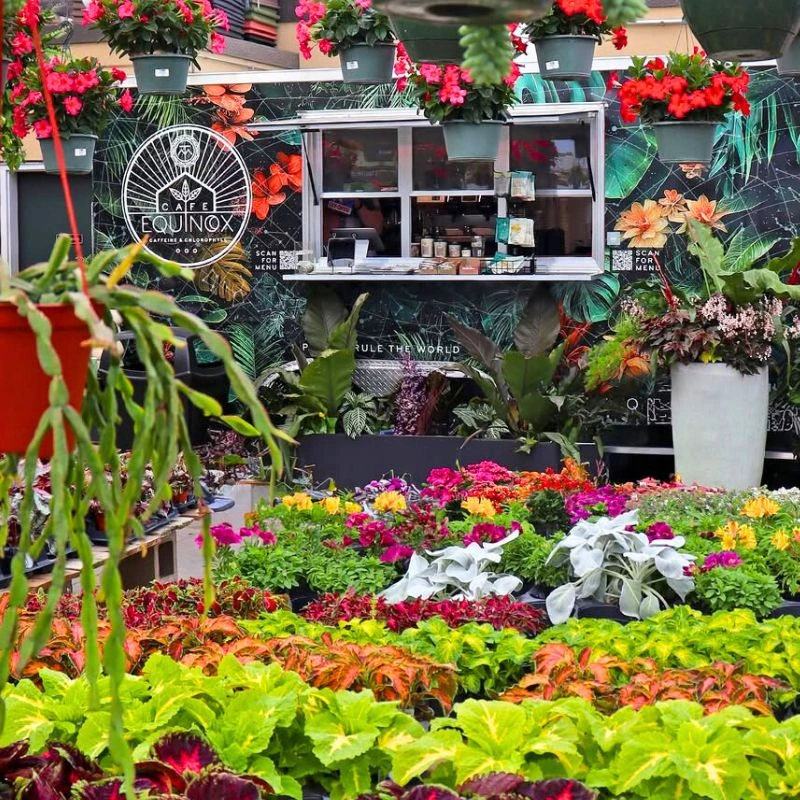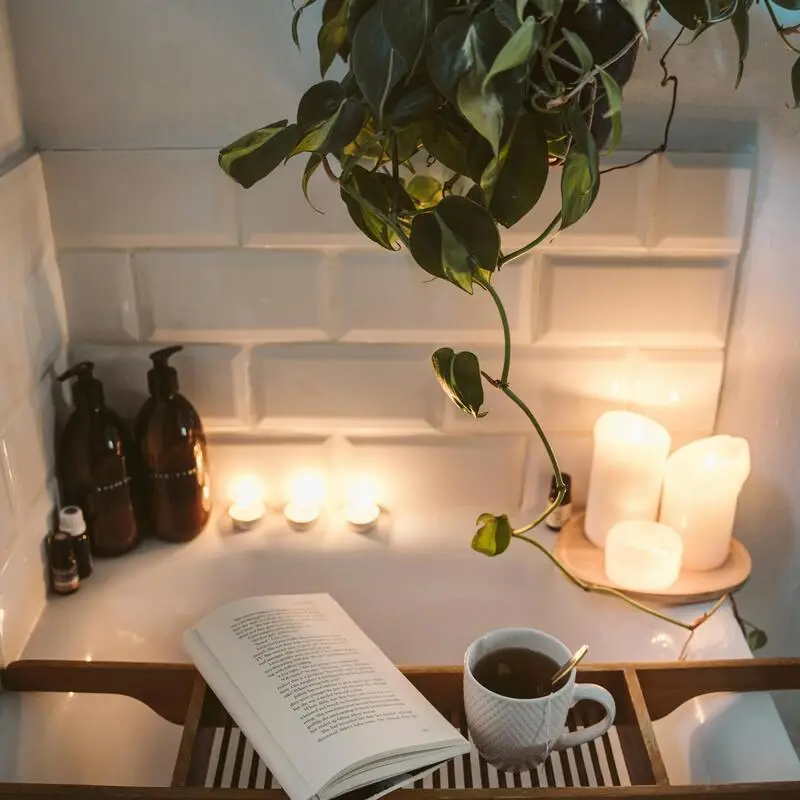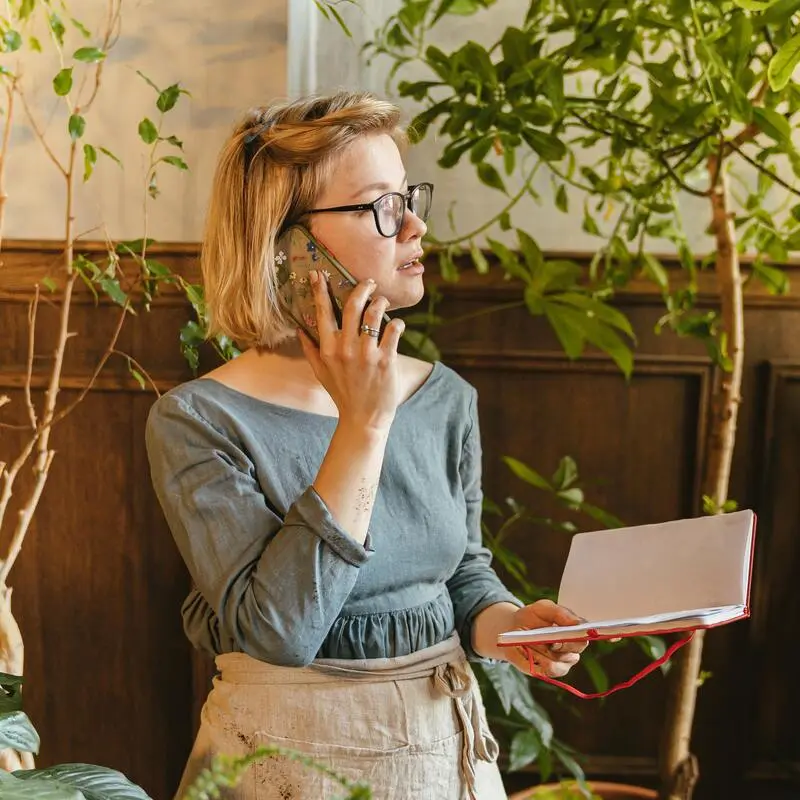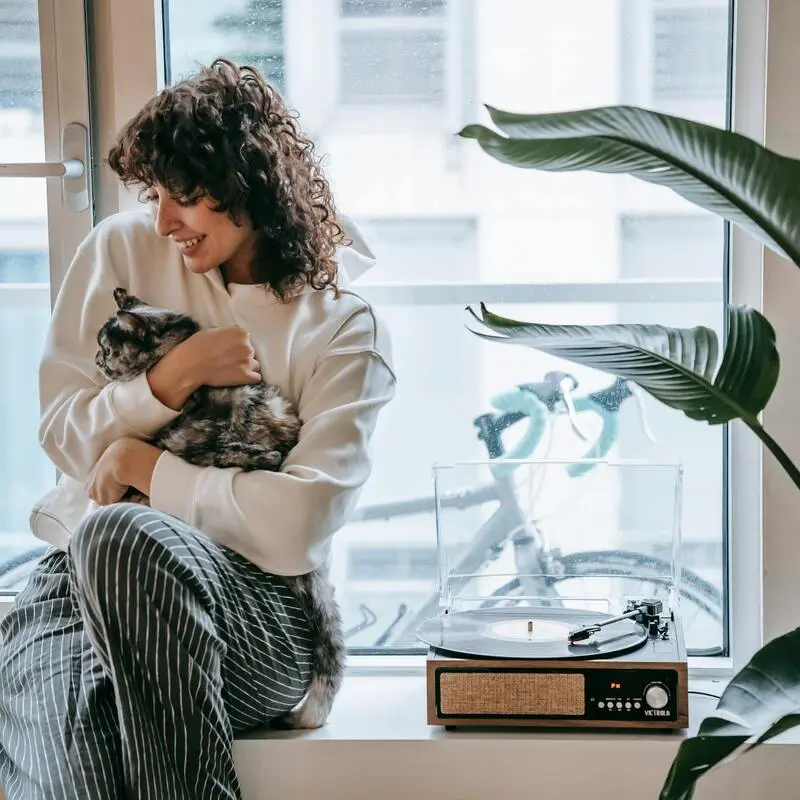Whether you're a seasoned plant parent or just getting started, one of the most important factors to consider when growing flowers indoors is the temperature of your home.
Indoor flowering plants are sensitive to temperature changes, and finding the right balance can mean the difference between thriving plants and a wilting mess. In this guide, we'll explore how warm or cold your home should be for optimal indoor plant growth and share tips for creating a suitable environment for your leafy friends.
Best Temperature to Grow Indoor Plants: Learn the Basics
One of the most important factors to consider when growing plants to decorate your home is the temperature of the environment. Different plants have different temperature requirements, so it's essential to understand the basics.
For example, tropical flowering plants thrive in warm and humid conditions, while succulents prefer dry and warm environments. Generally, most indoor flowering plants prefer a temperature range of 60-75°F (15-24°C) during the day and 55-65°F (13-18°C) at night.
By understanding the temperature requirements of your flowers, you can create an environment that will promote healthy growth and development.
Keeping Your Plants Safe From Temperature Fluctuations
Temperature fluctuations can be harmful to your flowers, so it's important to take steps to keep your plants safe from sudden temperature changes. Here are some simple tips you can follow:
- Place your flowers away from doors and windows that may let in cold drafts or hot sun.
- Consider using curtains or shades to regulate the amount of sunlight and temperature that enters the room.
- Use a thermometer to monitor the temperature around your plants, and adjust accordingly if necessary.
- If you have a central heating or cooling system, make sure the vents are not blowing directly onto your flowers.
- If you live in an area with harsh winters, consider investing in a space heater for the room where your plants are located.
- Learn when it’s time to bring your outdoor plants indoors.
By following these simple steps, you can help ensure that your indoor plants stay healthy and thrive despite any temperature fluctuations that may occur in your home environment.
Creating the Best Indoor Environment for Your Plants: 4 Essential Tips
Besides shielding your flowers from temperature fluctuations, there are extra steps that you can take to create the perfect indoor environment for your plants. Let’s look at these tips below.
Consider Installing a New AC System
If you live in a hot climate and want to maintain a comfortable indoor temperature for your flowers, installing an AC unit is a great option. By partnering with specialized AC installation services, you can select the right system for your needs and choose the best location for the unit.
Learn About Each Flowering Plant’s Needs
Different plants have different needs. For example, succulents thrive in temperatures as high as 70-80° F while subtropical and tropical species will need indoor temps to stay above 40-60° F.
Knowing this can help you create an ideal growing environment for your indoor flowers and avoid any potential stress or damage caused by extreme temperatures.
Learn to Identify the Signs of Temperature Problems
If you are new to indoor plant care, it can be difficult to identify the signs of temperature-related problems. However, with a little bit of knowledge and observation, you can learn to recognize these issues and take steps to correct them before they cause lasting damage.
One common sign of temperature problems is wilting, drooping, yellowing, or browning leaves. This can occur when plants are exposed to temperatures that are too high or too low for their specific needs.
In addition, if your plants are not growing as quickly as they should be or are producing fewer flowers than usual, this may also indicate a problem with temperature regulation.
Keep an Eye on Other Variables (i.e.: Humidity and Sun Exposure)
Aside from temperature, watering schedule, and soil quality, other important variables can impact the health of your indoor plants. Humidity levels and sun exposure, for example, can greatly affect how well your plants thrive. Some species prefer higher humidity levels and sunnier environments while others do better in drier and darker rooms.
If you are unsure about the best type of plant for your needs, consulting an expert can help you find the best species for your climate and expertise level.

